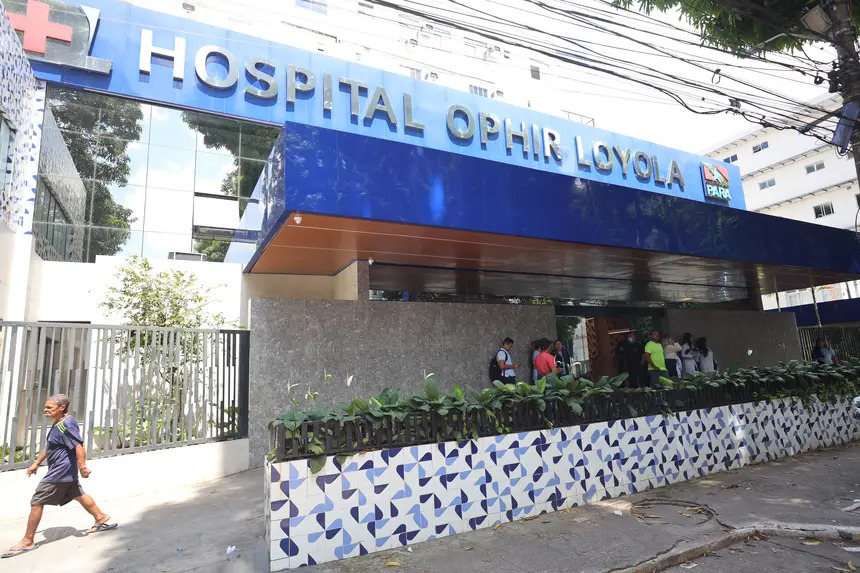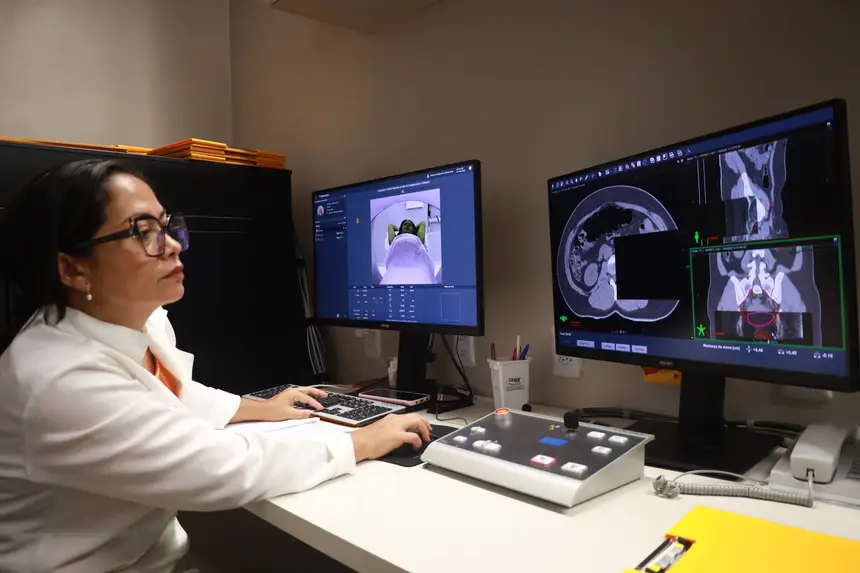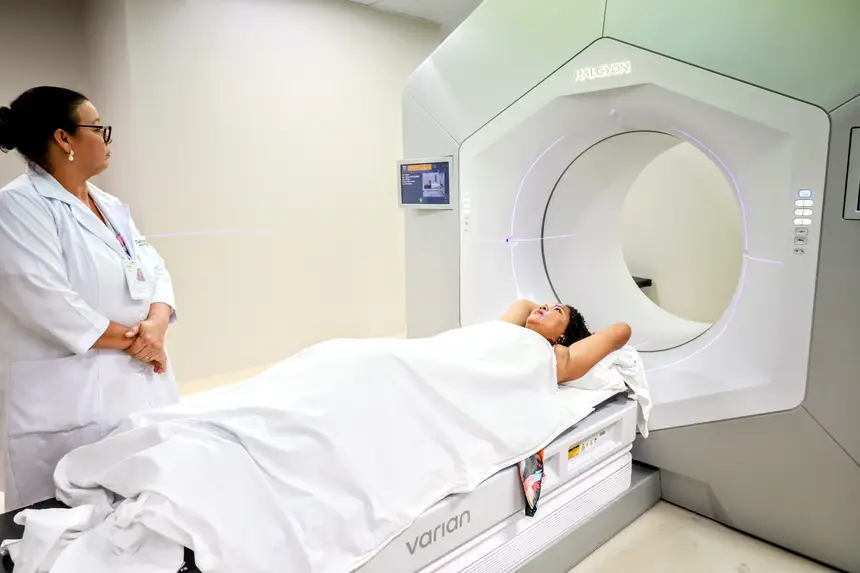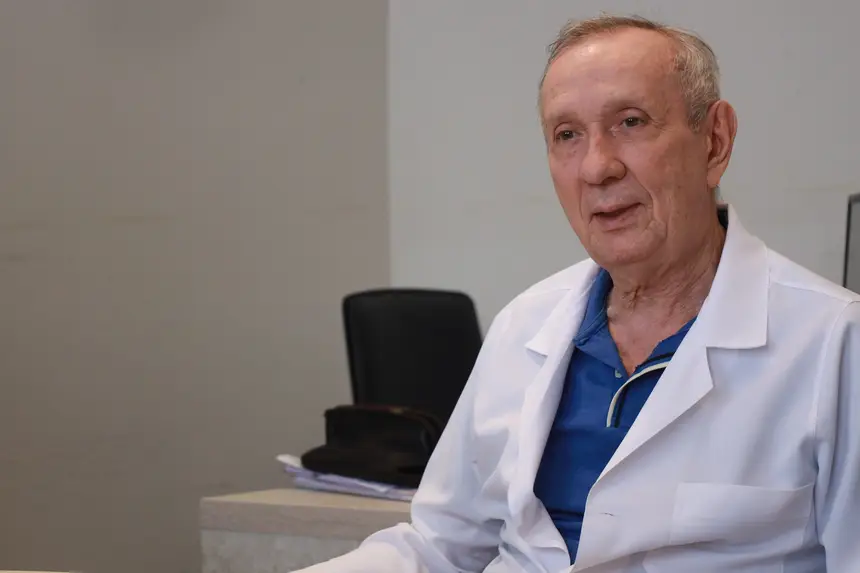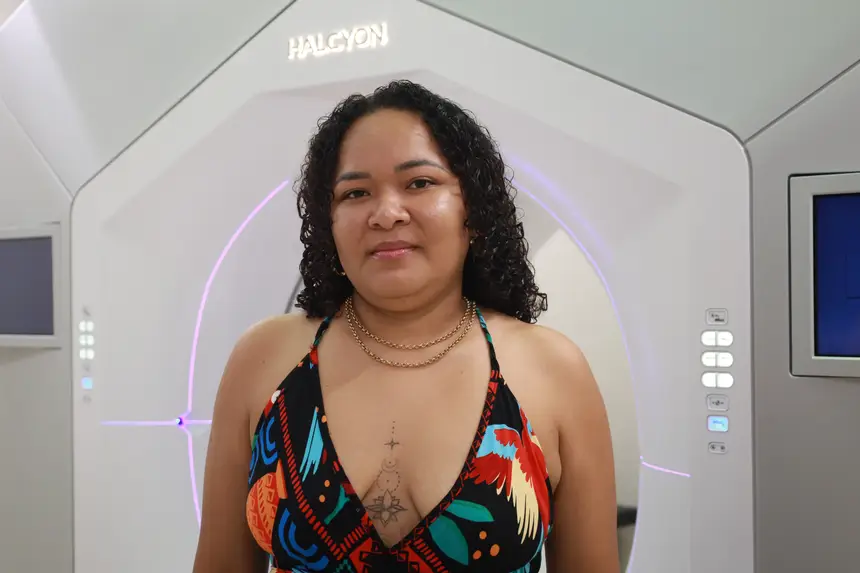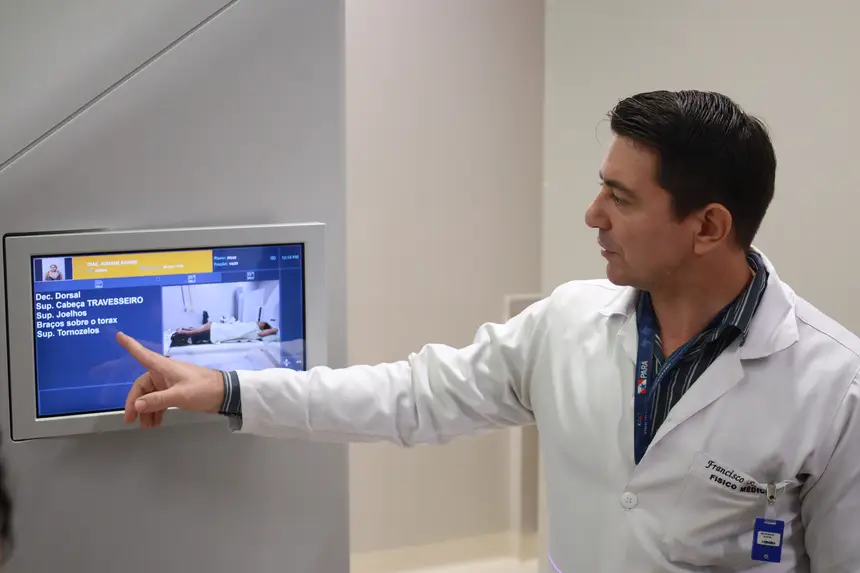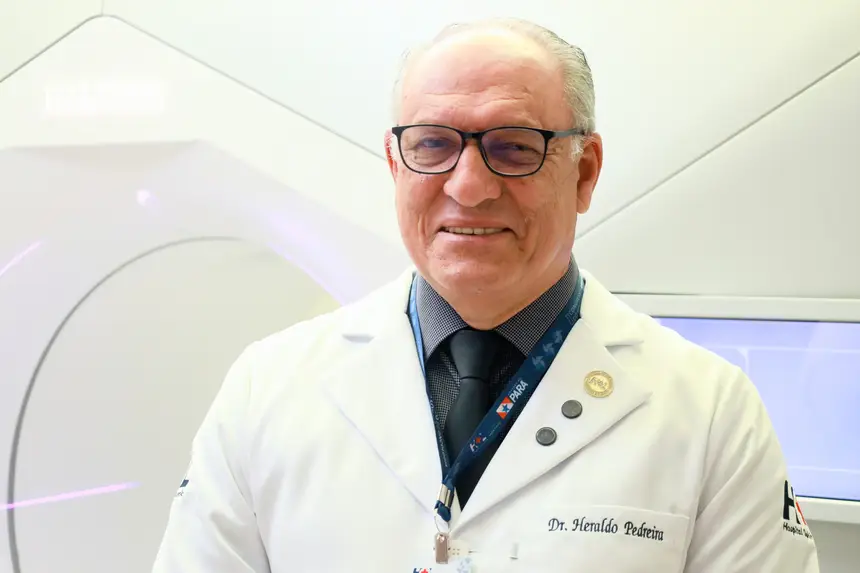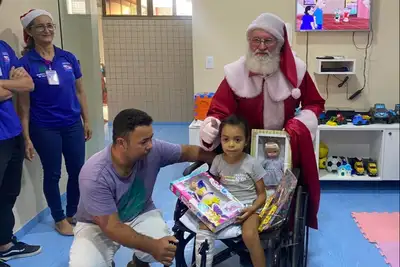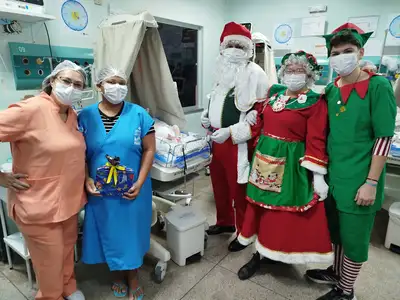Innovative technology strengthens cancer treatment at Ophir Loyola
The state unit is the only one in Brazil with two Halcyon accelerators and Go.Sim tomosimulation equipment, increasing capacity and safety in cancer treatment
As a reference in cancer treatment in Northern Brazil, the Ophir Loyola Hospital (HOL) performs about 15,000 monthly consultations and stands out for modernizing its services, combining cutting-edge technology with humanized care. The unit is the only one in Brazil with two Halcyon™️ – Varian linear particle accelerators and the only one in Pará to have a Go.Sim – Siemens tomosimulator, a device present in only three other hospitals in the country.
Patient Josiane Ramos Dias, 30 years old, from Tomé-Açu, started her radiotherapy treatment in June after being diagnosed with cervical cancer. "Since the beginning of the treatment, I have been very well taken care of. I have nothing to complain about. So far, thank God, I haven't felt any reaction, neither from the chemo nor from the radio. After I started the treatment, I no longer feel pain, I sleep peacefully. The radiotherapy is calm. It's quick, I don't feel any pain," said the patient after undergoing another session.
Efficiency and greater access to treatment
According to the general director of HOL, Heraldo Pedreira, technological advancements have increased the capacity for care. "With the modernization that these devices provide, we have made significant progress in our treatment. Each session of radiotherapy lasts, with the Halcyon™️ – Varian linear particle accelerators, between four and five minutes. With the speed and effectiveness, more people are guaranteed care, and quickly. Approximately 250 radiotherapy procedures are performed monthly in a universe that previously did not reach 50 per month," he highlighted.
The equipment allows for high precision in dose application, sparing healthy organs and reducing side effects. Medical physicist Francisco Sampaio explains that before each session, images are taken to ensure that the radiation only targets the lesion's volume. "Today we have high-complexity accelerators that give patients a greater chance of cure. Before each session, it is mandatory to perform imaging, which the device itself does, to ensure that the dose will be delivered to the target volume, sparing healthy organs and, consequently, patients will experience lower toxicity during treatment," he emphasized.
Stereotactic radiosurgery focusing on brain metastases
The technology is also used in radiosurgeries to treat brain metastases. "This device provides us the opportunity to perform specific treatment through radiosurgery, where radiation is applied exclusively at the tumor site and not throughout the entire brain. This allows for a shorter duration of treatment, quicker benefits, and less treatment time for the patient. Undoubtedly, when well indicated in some patients, this yields good results," emphasized neurosurgeon Joel Monteiro de Jesus.
The HOL serves patients from all 144 municipalities in Pará and neighboring states. Access to services is made through referrals from Basic Health Units and Municipal Health Departments. The unit is linked to the State Department of Public Health (Sespa) and is a regional reference in cancer treatment, focusing on clinical excellence and humanized care.


